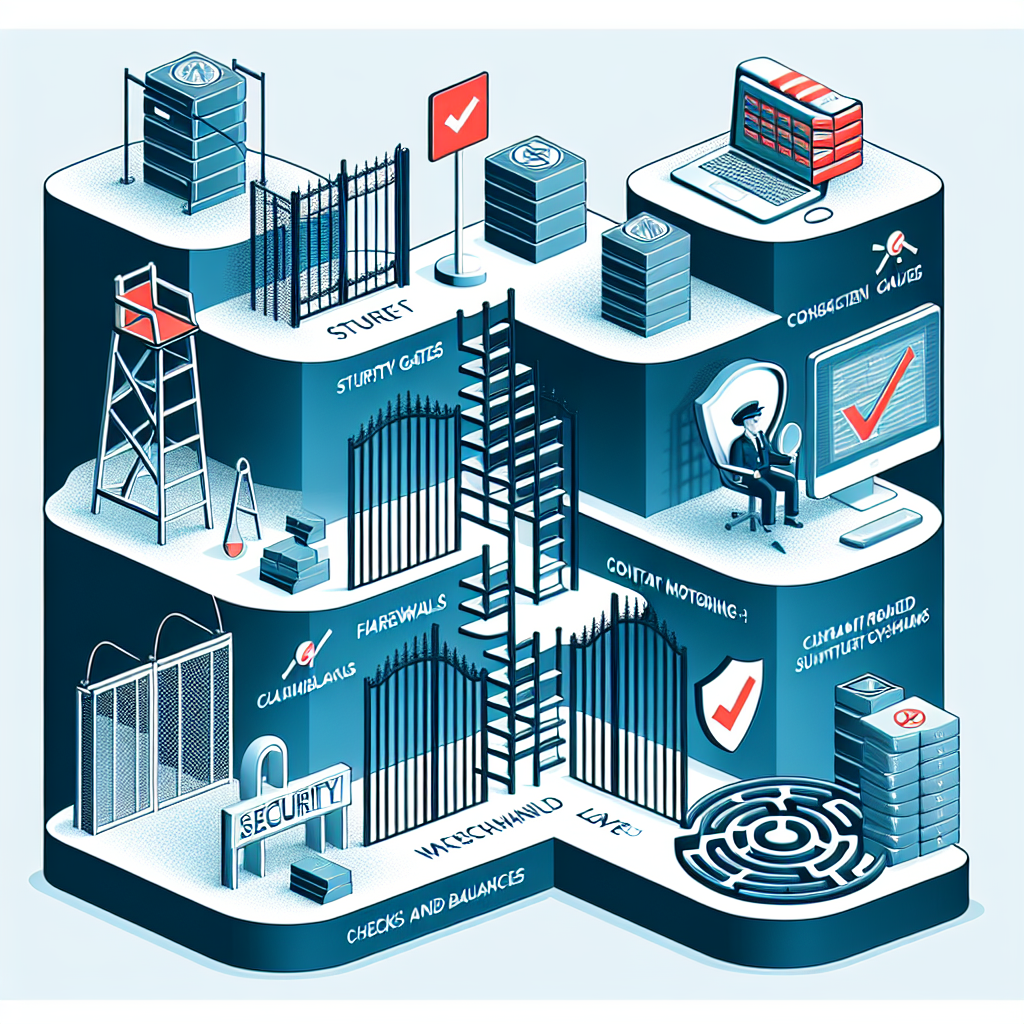A data center is a critical component of any organization’s infrastructure, housing valuable data and resources that are essential for the operation of the business. It is important to ensure that the data center is secure and resilient against potential risks that could jeopardize its availability and integrity. Performing a comprehensive data center risk assessment is a crucial step in identifying and mitigating potential threats to the data center.
Here are key steps in performing a comprehensive data center risk assessment:
1. Identify assets: The first step in conducting a data center risk assessment is to identify all the assets housed in the data center. This includes hardware, software, data, and infrastructure components such as power and cooling systems. Understanding the value of these assets is essential in determining the potential impact of a risk event.
2. Identify threats: Once the assets are identified, the next step is to identify potential threats that could affect the data center. This could include natural disasters such as floods or earthquakes, as well as human-induced threats such as cyber attacks or physical security breaches.
3. Assess vulnerabilities: After identifying threats, it is important to assess the vulnerabilities of the data center to these threats. This involves evaluating the security measures in place, such as access controls, firewalls, and encryption, as well as the physical security of the data center itself.
4. Determine likelihood and impact: In order to prioritize risks, it is important to determine the likelihood of a risk event occurring and the potential impact it could have on the data center. This involves assigning a risk rating to each identified threat based on its probability and impact.
5. Develop mitigation strategies: Once risks have been identified and assessed, the next step is to develop mitigation strategies to reduce the likelihood and impact of these risks. This could involve implementing additional security measures, developing contingency plans, or investing in redundant systems.
6. Monitor and review: Risk assessment is an ongoing process, and it is important to regularly monitor and review the effectiveness of mitigation strategies. This could involve conducting regular security audits, testing backup systems, and updating risk assessments as new threats emerge.
By following these key steps, organizations can ensure that their data center is secure and resilient against potential risks. Performing a comprehensive data center risk assessment is essential in protecting valuable data assets and ensuring the continuity of business operations.


Leave a Reply